Composers / Edvard Grieg / Places catalog
Griegs’ Townhouse
The fine white house where the British consul Alexander Grieg lived with his wife Gesine Judith Hagerup and their children stood in the heart of the thriving city of Bergen, at 152 Strandgaten. It was there, on 15 June 1843, that their fourth child, Edvard, was born. The future composer of the music to Peer Gynt enjoyed a very happy childhood on Strandgaten. In his autobiographic article ‘My First Success’, he described how his dream had been to become a pastor, and he often imagined himself delivering sermons to a congregation. Many times, he prepared funeral speeches for dead cats and birds. In this house, at the age of five, he began learning piano with his mother and conducted his first experiments in sound. ‘Why not begin by recalling the mystical satisfaction of extending my arms over the piano and producing the interval of a fourth. Not a melody – that was too much to expect! No, it had to be a chord. First a third, next a fifth, then a seventh. And finally, with the help of both hands – O joy! A ninth. I had found a dominant ninth chord. When I discovered that, my delight knew no bounds. It was a success! From then on, nothing could intoxicate me like that. I was five years old at the time.’
Today, that house no longer exists; it was destroyed in the explosion of a Dutch ship carrying ammunition on Vågen on 20 April 1944. The new building on this site has the number 208 and a plaque commemorating Grieg’s birthplace.
-
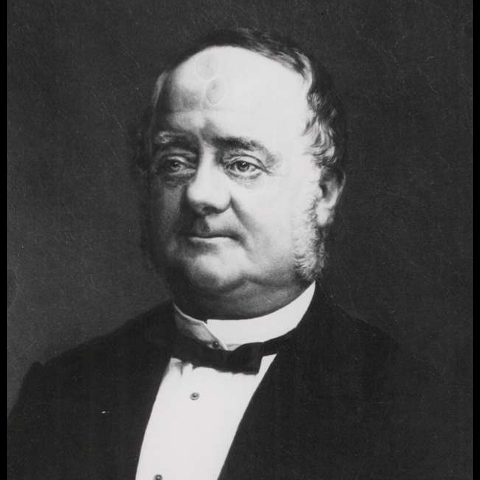
Alexander Grieg, Edvard Griegs father, portrait (1850), Bergen Offentlige Bibliotek.
-
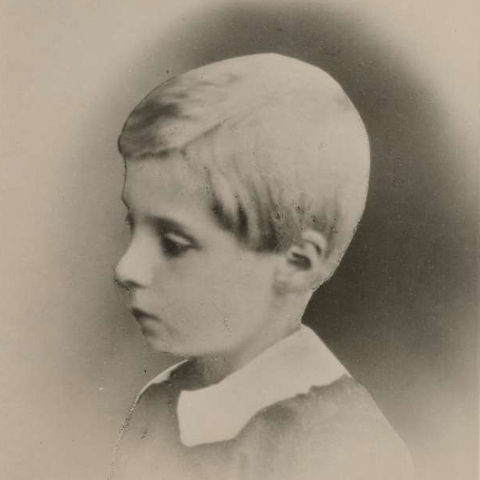
Edvard Grieg, 11 years old, portrait, Bergen Offentlige Bibliotek.
-
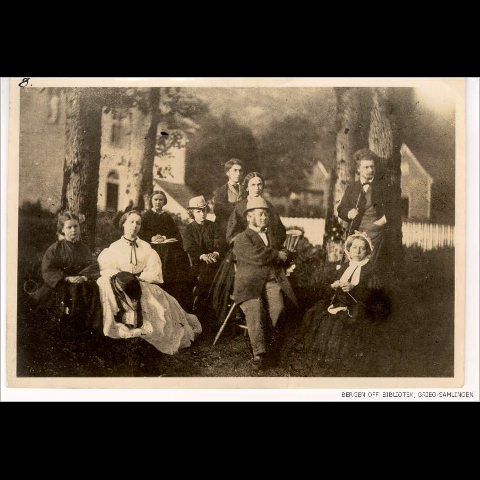
Family of Griegs in Landås. From the left Elisabeth, Christiane Riis, Maren, Edvard, Oscar Riis, Benedicte, Alexander, Gesine, John (1862), Bergen Offentlige Bibliotek.
-
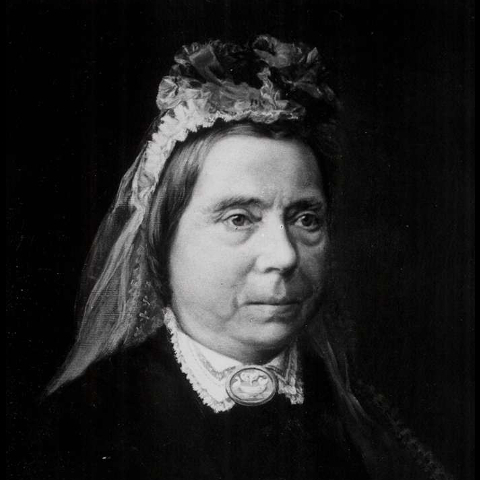
Gesine Grieg, Edvard Griegs mother, portrait (1850), Bergen Offentlige Bibliotek.
-
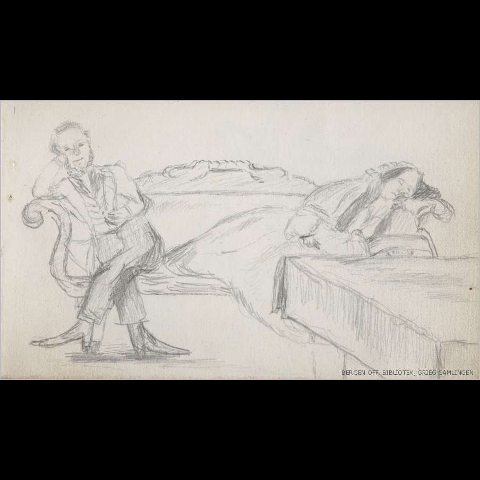
Mom and dad on the sofa, sketch by Edvard Grieg (1862), Bergen Offentlige Bibliotek.
-
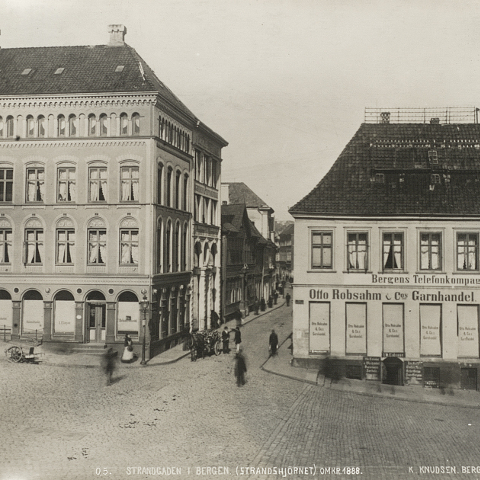
Strandgaten no. 152. Knud Knudsen, Arkivet etter Formannskapet, Bergen Byarkiv.